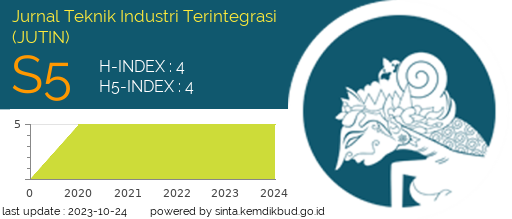GAP Analysis of E-Government Implementation In Indonesia
DOI:
https://doi.org/10.31004/jutin.v6i1.13483Abstract
This research aims to measure the gap between the design and actual implementation of an e-Government project using the ITPOSMO method. By knowing this gap, stakeholders involved in the project can find a suitable approach to prevent the project from falling on its implementation. Information about the application, required by conducting observation and interviews with various parties involved in the use of SIPKD (Regional Financial Management Information System) in Kampa district, Riau Province. From this research, it was found that the Kampa district has a gap between the design and implementation of an e-Government project, especially in the SIPKD application of 22 points. The distribution of the gap is 5 points in information dimension, 3 points in technology dimension, 3 points in process dimension, 3 points in objective and value dimension, 4 points in staffing and skills dimension, 3 points in management system and structure, and 1 point in other resources dimension. Based on the total gaps that have been occurred, the implementation of the SIPKD application has the risk of partial failure from its initial design unless action is taken to reduce the gap between design and reality. The biggest gap is in the information dimension and staffing and skill dimension.Downloads
Published
2023-04-11
How to Cite
Gusman, D., & Yandri Kusuma, Y. (2023). GAP Analysis of E-Government Implementation In Indonesia. Jurnal Teknik Industri Terintegrasi (JUTIN), 6(1), 209–215. https://doi.org/10.31004/jutin.v6i1.13483
Issue
Section
Articles of Research
License
Copyright (c) 2023 Deddy Gusman, Yanti Yandri Kusuma

This work is licensed under a Creative Commons Attribution-ShareAlike 4.0 International License.



